Dogs of the Dow Are 2022's Best in Show
Some of the best investments for income investors in a volatile 2022 have come from the Dogs of the Dow.


All portfolio doctors should prescribe high dividends to remedy rising interest rates and stiff inflation.
In 2022, the first year in recent memory pockmarked by those twin afflictions, dividend-heavy stocks such as utilities, pharmaceuticals, pipelines and many consumer-oriented blue chips like those found in the Dogs of the Dow have held up fine. There is a massive disparity of results within this year's stock, mutual fund and exchange-traded fund (ETF) listings.
The FAANGs – or whatever we call them now after the renaming of Facebook and Google – are a ball and chain. Your basic core S&P 500 Index fund? Down double digits. I have never liked indexing anyway. That aversion goes doubly for bonds, real estate investment trusts (REITs) and master limited partnerships (MLPs). But I digress.
From just $107.88 $24.99 for Kiplinger Personal Finance
Become a smarter, better informed investor. Subscribe from just $107.88 $24.99, plus get up to 4 Special Issues

Sign up for Kiplinger’s Free Newsletters
Profit and prosper with the best of expert advice on investing, taxes, retirement, personal finance and more - straight to your e-mail.
Profit and prosper with the best of expert advice - straight to your e-mail.
A Passion for Dividend Stocks
As we hit 2022's midpoint, the most upbeat performance stories underscore my perpetual passion for dividends.
The Dogs of the Dow – the 10 members of the Dow Jones Industrial Average that begin the year with the highest dividend yields – are clearly this year's best in show. Through June 3, seven Dogs have positive returns, and only one, Chevron (CVX), is an oil company. Dow (DOW), the chemical giant, is up 20.7%. The Dogs sport dividend yields ranging from 2.8% – Coca-Cola (KO) – to 4.7% with International Business Machines (IBM). I think IBM's 4.7% yield is a leading reason it is up 8% while a typical tech fund has coughed up a quarter of its value.
A pair of ETFs – ALPS Sector Dividend Dogs (SDOG, $55) and ALPS International Sector Dividend Dogs (IDOG, $28) – are also scaring off the bears, with year-to-date returns of 4.4% and 2.6% respectively. These funds are not replicas of the Dogs of the Dow but use a similar methodology across numerous sectors; SDOG's past four quarterly distributions combined work out to a 3.6% yield, and better yet, the payments have been growing with each distribution. (Securities I recommend are in bold. Prices and other data are as of June 3.)
To further this furry-friend theme, Caterpillar (CAT) – in the Dow index, but not a 2022 Dog – is up 8.9% this year, one of the best in its sector. CAT is swimming in cash, and in May promised dividend increases in "the high single digits" shortly and for each of the next three years, although its 2% yield already exceeds the S&P 500's 1.6%.
Caterpillar could write still bigger checks if it opts to emphasize cash payouts over stock buybacks, a practice investment managers sometimes clearly prefer. "You can’t fudge dividends," says Henry "Hank" Smith, a dividend fan who is head of investment strategy for Haverford Trust Company. Smith says paying hard cash "is the most tangible statement management can make about future prospects."
Another of my most esteemed dividend investments, Legg Mason Low Volatility High Dividend ETF (LVHD, $39). It's off 1.3% so far this year, but that is excellent compared with the broad market. The ETF's 3% yield is reliable. Two thumbs up.
Dividends catch regular criticism as a lazy use of capital or a drag on future growth. Those, however, are untimely complaints when you need high current income and shelter from what might still end up as a losing year for the S&P 500 and certainly for the Nasdaq.
Profit and prosper with the best of Kiplinger's advice on investing, taxes, retirement, personal finance and much more. Delivered daily. Enter your email in the box and click Sign Me Up.

Kosnett is the editor of Kiplinger Investing for Income and writes the "Cash in Hand" column for Kiplinger Personal Finance. He is an income-investing expert who covers bonds, real estate investment trusts, oil and gas income deals, dividend stocks and anything else that pays interest and dividends. He joined Kiplinger in 1981 after six years in newspapers, including the Baltimore Sun. He is a 1976 journalism graduate from the Medill School at Northwestern University and completed an executive program at the Carnegie-Mellon University business school in 1978.
-
 Dow Adds 646 Points, Hits New Highs: Stock Market Today
Dow Adds 646 Points, Hits New Highs: Stock Market TodayIt was "boom" for the Dow but "bust" for the Nasdaq following a December Fed meeting that was less hawkish than expected.
-
 5 Types of Gifts the IRS Won’t Tax: Even If They’re Big
5 Types of Gifts the IRS Won’t Tax: Even If They’re BigGift Tax Several categories of gifts don’t count toward annual gift tax limits. Here's what you need to know.
-
 The 'Scrooge' Strategy: How to Turn Your Old Junk Into a Tax Deduction
The 'Scrooge' Strategy: How to Turn Your Old Junk Into a Tax DeductionTax Deductions We break down the IRS rules for non-cash charitable contributions. Plus, here's a handy checklist before you donate to charity this year.
-
 Dow Adds 646 Points, Hits New Highs: Stock Market Today
Dow Adds 646 Points, Hits New Highs: Stock Market TodayIt was "boom" for the Dow but "bust" for the Nasdaq following a December Fed meeting that was less hawkish than expected.
-
 Dow Rises 497 Points on December Rate Cut: Stock Market Today
Dow Rises 497 Points on December Rate Cut: Stock Market TodayThe basic questions for market participants and policymakers remain the same after a widely expected Fed rate cut.
-
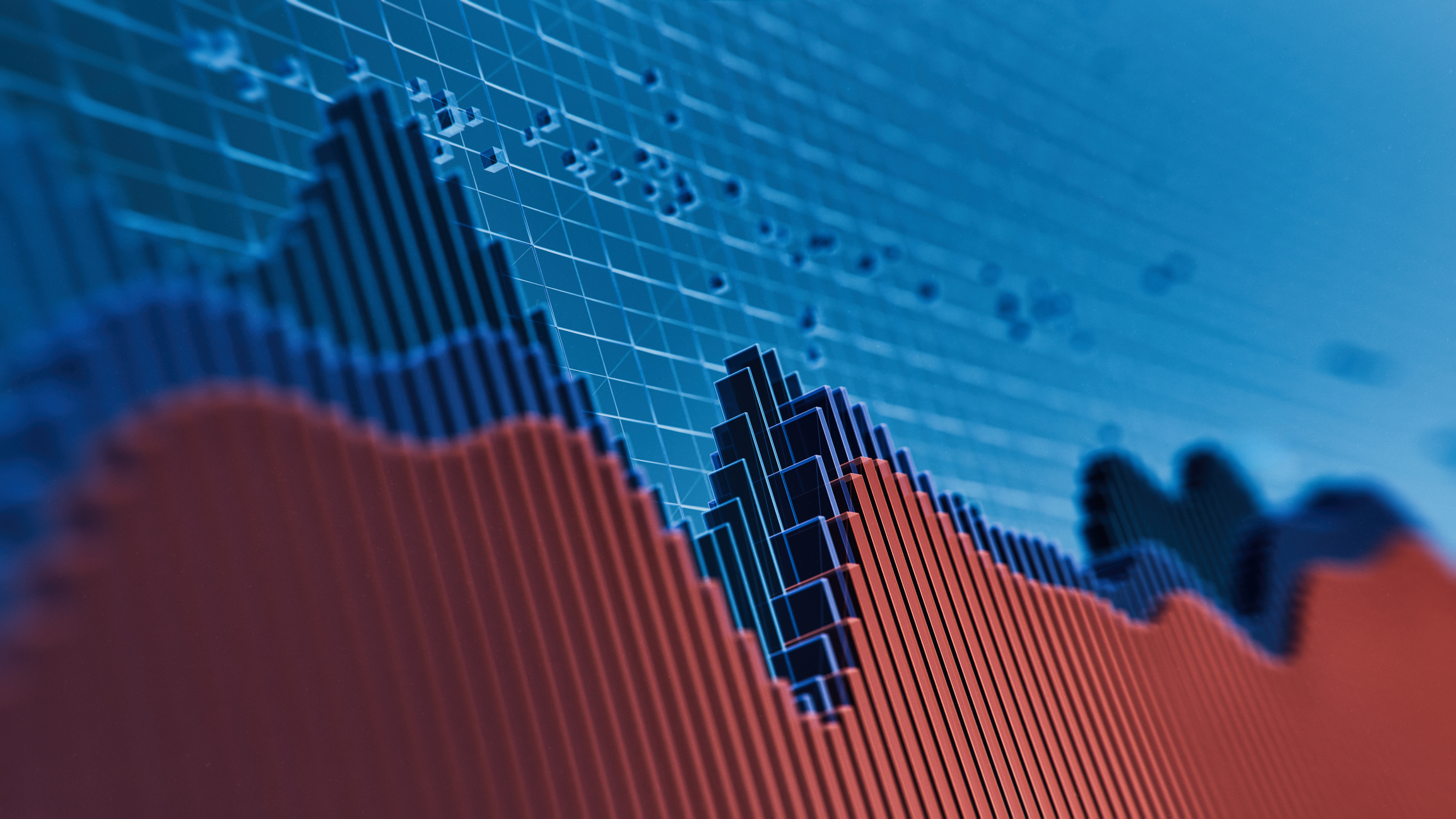 JPMorgan's Drop Drags on the Dow: Stock Market Today
JPMorgan's Drop Drags on the Dow: Stock Market TodaySmall-cap stocks outperformed Tuesday on expectations that the Fed will cut interest rates on Wednesday.
-
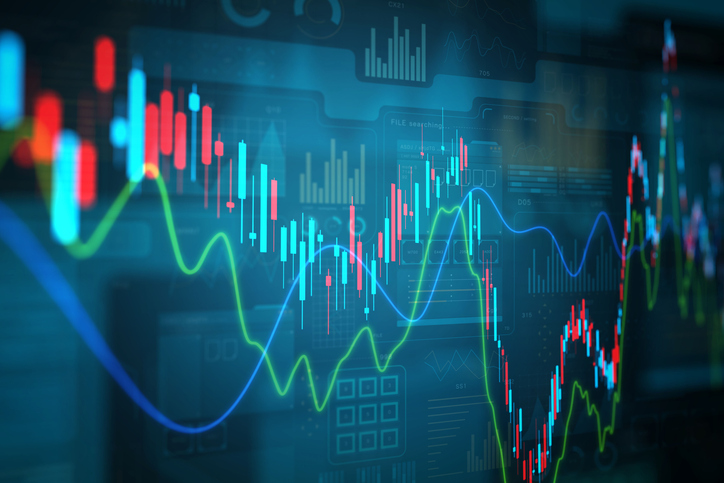 Stocks Slip to Start Fed Week: Stock Market Today
Stocks Slip to Start Fed Week: Stock Market TodayWhile a rate cut is widely expected this week, uncertainty is building around the Fed's future plans for monetary policy.
-
 Stocks Keep Climbing as Fed Meeting Nears: Stock Market Today
Stocks Keep Climbing as Fed Meeting Nears: Stock Market TodayA stale inflation report and improving consumer sentiment did little to shift expectations for a rate cut next week.
-
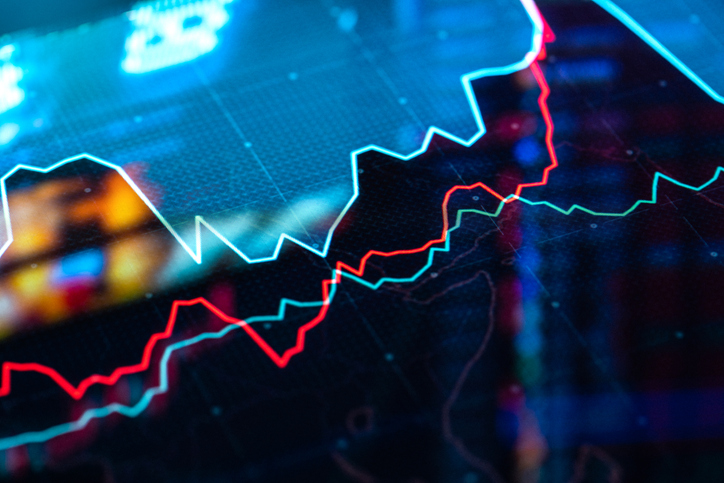 Small Caps Hit a New High on Rate-Cut Hope: Stock Market Today
Small Caps Hit a New High on Rate-Cut Hope: Stock Market TodayOdds for a December rate cut remain high after the latest batch of jobs data, which helped the Russell 2000 outperform today.
-
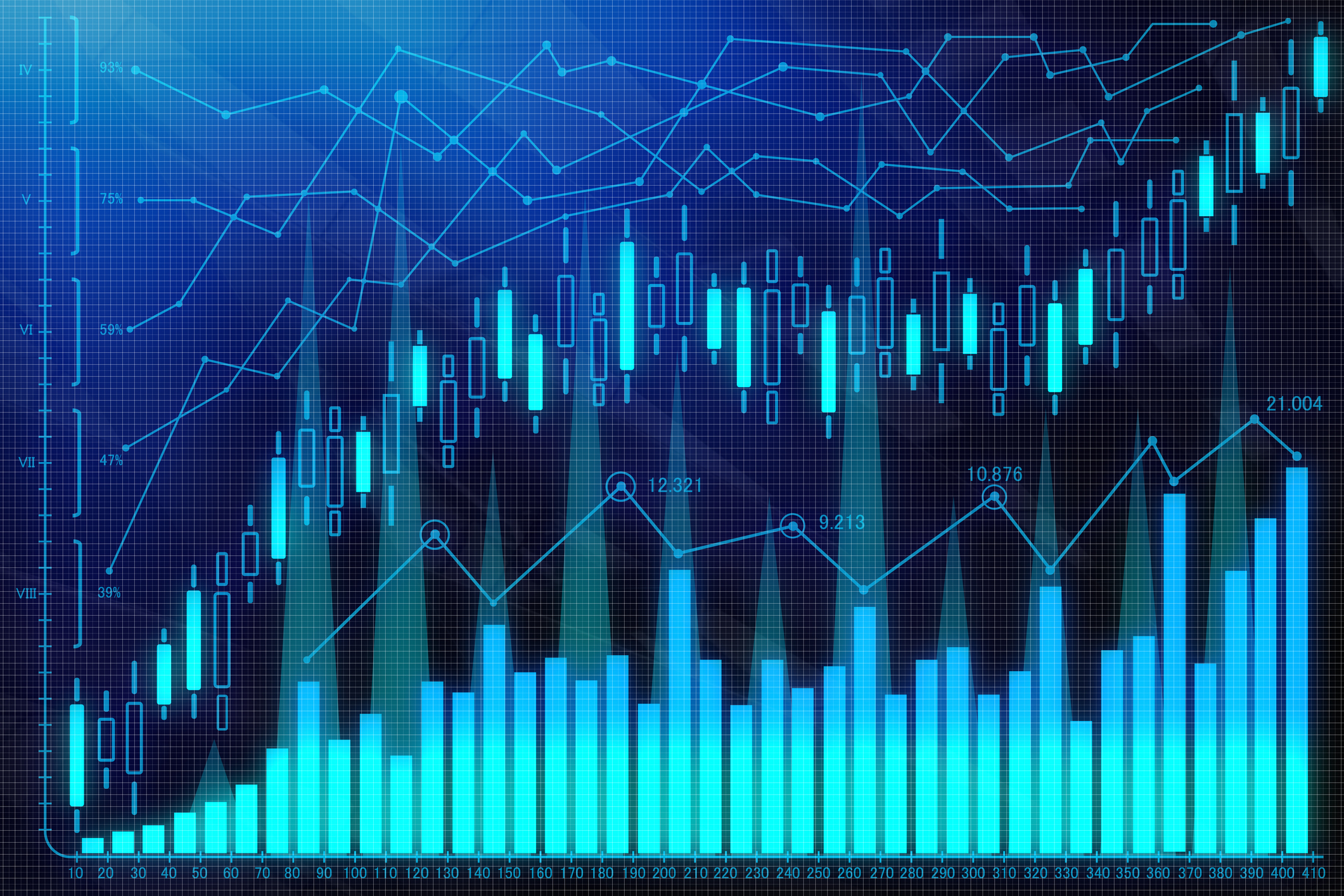 UNH Sparks a 408-Point Surge for the Dow: Stock Market Today
UNH Sparks a 408-Point Surge for the Dow: Stock Market TodayThe best available data right now confirm both a slowing employment market and a December rate cut, a tension reflected at the equity index level.
-
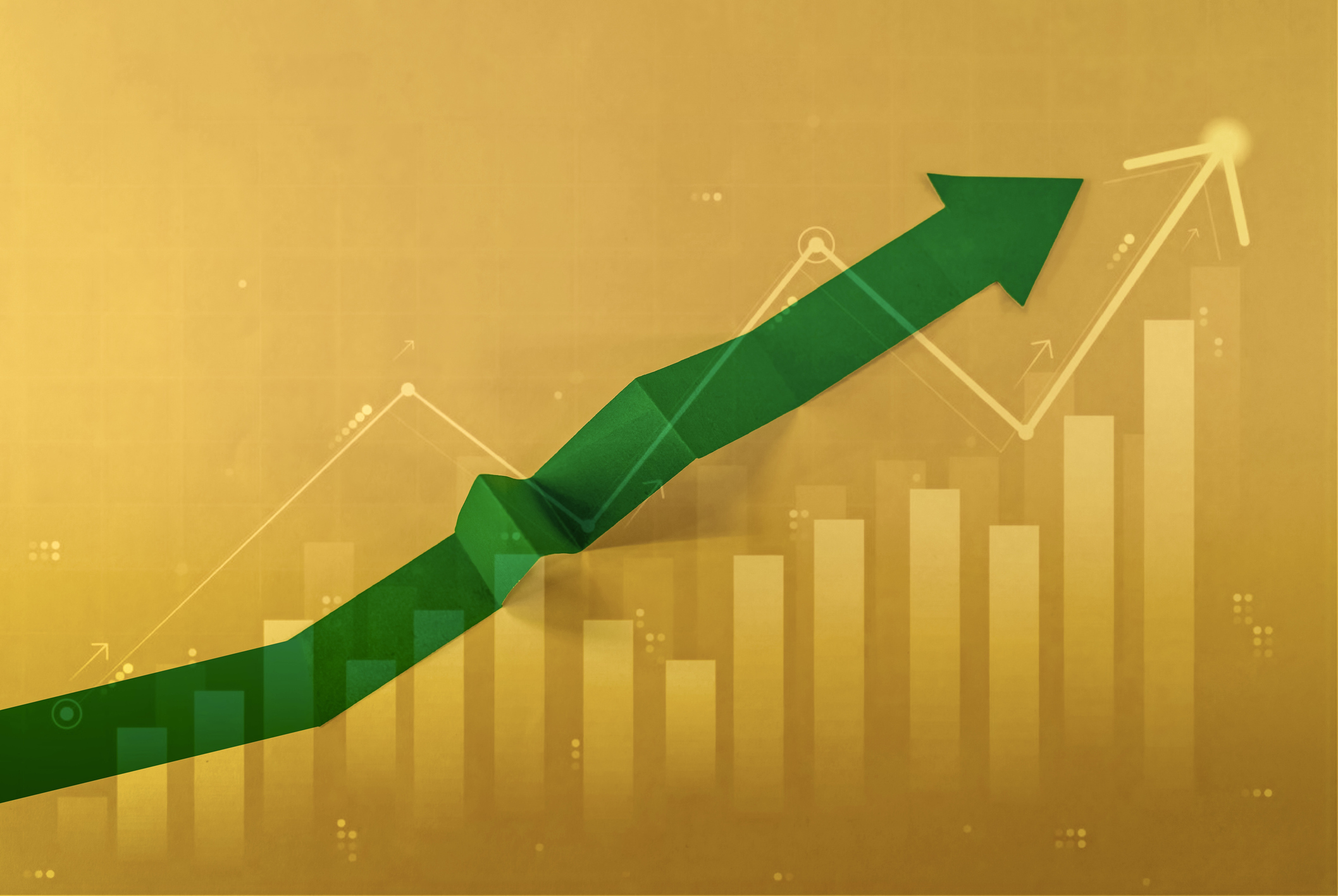 Stocks Bounce Back With Tech-Led Gains: Stock Market Today
Stocks Bounce Back With Tech-Led Gains: Stock Market TodayEarnings and guidance from tech stocks and an old-school industrial lifted all three main U.S. equity indexes back into positive territory.